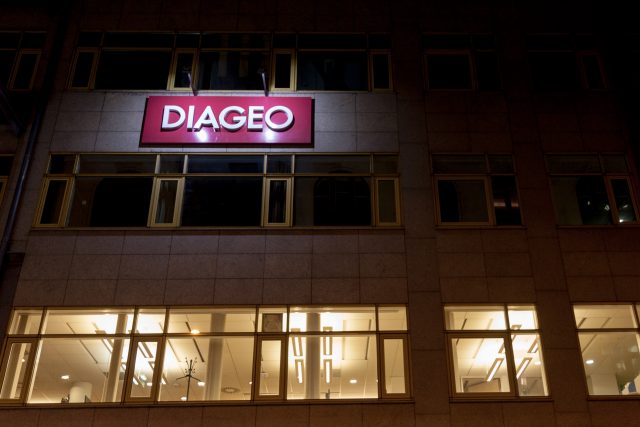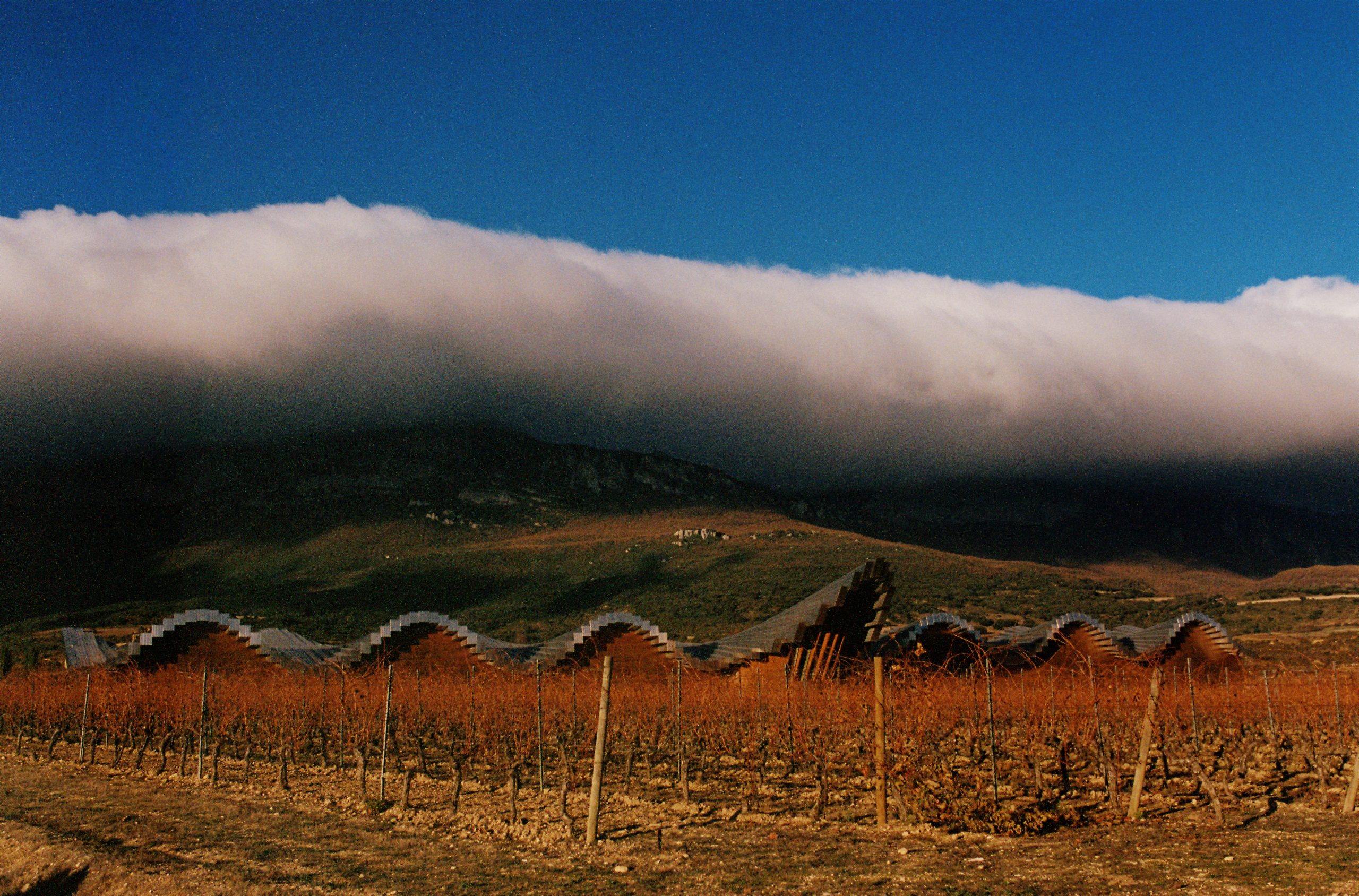Diageo results worse than analysts’ predictions
As predicted in its November profits warning, Diageo’s results for the six months to the end of December were poor. Worse, they fell short of analysts’ predictions even after the warning. Ron Emler reports.

The shares fell by more than 3% to £27.50 to stand almost 30% lower than their pre-pandemic peak of almost £40.
The world’s premium alcohol group was hard hit by a 23% fall in the Latin American and Caribbean region which accounts for 10% of its business.
Overall, sales fell 1.4% to $11.0 billion, with organic sales down 0.6%.
Organic operating profit slipped 5.4%, but would have increased by 0.9% if Latin America was excluded.
Reported operating profit in the half-year declined by 11.1% to $3.3 billion and reported operating profit margin contracted 329 points due to lower organic operating margin and a negative impact from exceptional operating items.
Materially weaker
Chief executive Debra Crew said the “materially weaker” performance in Latin America was driven by fast-changing consumer sentiment and high inventory levels.
She said that overall she was “not satisfied” but predicted that the overstocking problem would be resolved by the summer.
“We have taken action and have further plans to reduce inventory to more appropriate levels for the current consumer environment in the region by the end of fiscal 24. This is a key priority,” she said.
Nevertheless, organic net sales in the region are expected to fall by up to 20% in the early months of this year compared to 2023.
“The first half of fiscal 24 was challenging for Diageo and our sector, particularly as we lapped strong growth in the prior year and faced an uneven global consumer environment,” Crew said.
Excluding Latin America organic net sales grew 2.5%, driven by Asia Pacific, Africa and Europe, but were partially offset by a 1.5% decline in the key North America region which provides some 50% of Diageo’s profits.
Partner Content
North America
Crew said that “North America delivered sequential improvement in line with our expectations” but emphasised “we are focused on returning to high-quality share growth as consumer behaviour continues to normalise in our largest region.
In the US organic sales fell by 2% compared with the strong performance a year earlier.
Tequila sales fell by 5% reflecting a 14% decline in Casamigos which was partially rectified by a 2% growth for Don Julio.
The move towards normalisation in the US following the surge in demand in 2022 as Covid ended and consumers grappled with inflation was also shown in a 4% decline in vodka sales and a 13% drop for Johnnie Walker.
Crew underlined, however, that overall Diageo was gaining share in the US spirits market and expects a gradual improvement in North America in the second half despite uncertainty in the consumer environment.
Asia
Asian sales grew by 6%, with China showing 18% growth after a disappointing 2022. Sales in India increased by 9%
Net cash from operating activities was $2,146 million, an increase of $674 million compared to the first half of fiscal 23. Free cash flow grew by $498 million to $1,462 million.
The organic net sales growth rate for the group in the second half is expected to gradually improve compared to the growth rate in the first half.
Medium term
Despite the disappointing figures Diageo underlined that it is maintaining its medium term expectation of organic net sales growth in the range of 5% to 7% and sustainable organic operating profit growth broadly in line with that.
The organic net sales growth rate for the group in the six months to June is expected to gradually improve compared to the growth rate in the first half.
Diageo is also continuing its long-standing record of being a “dividend aristocrat” by increasing the payout to shareholders by 5%. They have also had $1 billion returned to them over the past year through share buybacks.
Related news
Diageo secures US$1.5bn in bond deal, fueling future investment plans




